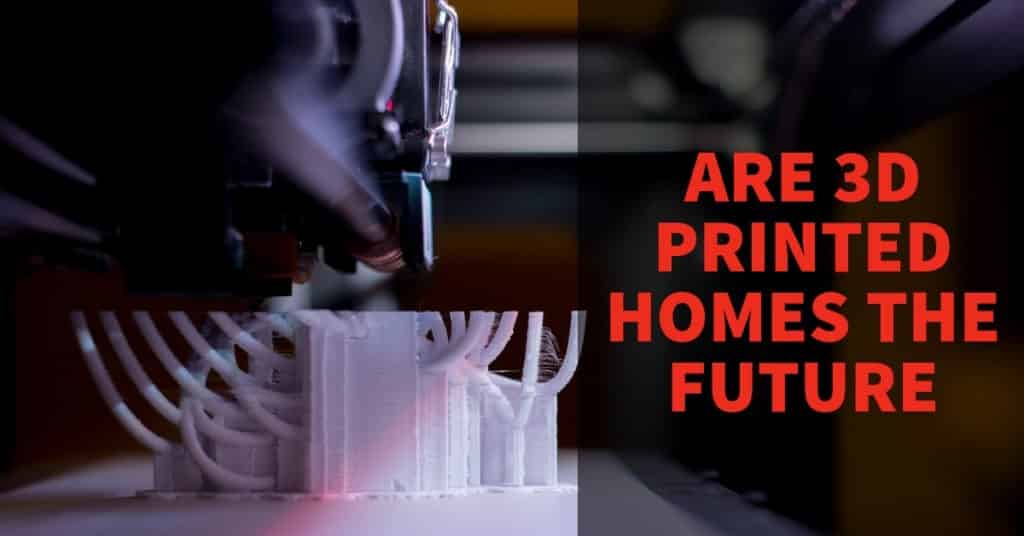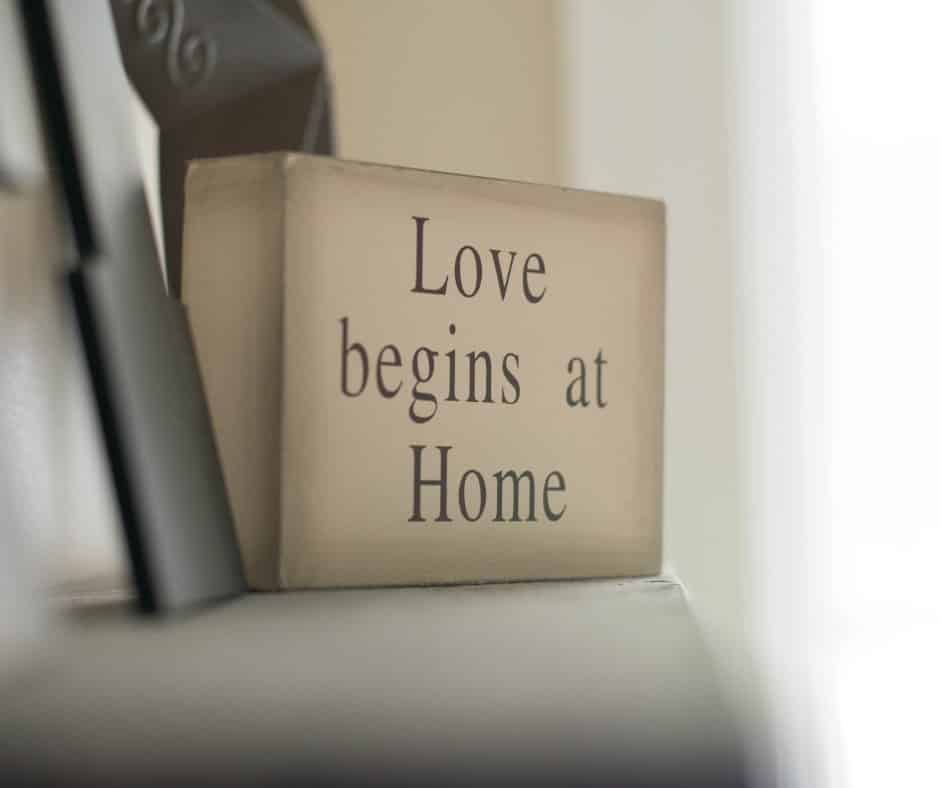3D Printed Homes: Game Changing Technology
3D printing has been around since the 80s, but new advancements in materials have brought the concept of printing homes into reality. 3D printing works by layering and building up certain types of ingredients to create objects.
Several factors determine the results, such as the blueprint, the material used, and the size of the printer. Originally, pliable plastics created most 3D printed structures.
Today’s printers are much bigger, and they can work with cement mixtures and reusable bioplastics to lay foundations, and build walls, and roofs. The printer squeezes a rope-like tube of the mixture out, and it traces the wall patterns back and forth building each wall and eventually the entire home.
A few years ago, the first 3D home was printed at a homesite. It was 400 square feet and printed out of cement. It took 24 hours, and that included plumbing and wiring. In other regions, structures are being constructed of plastic. The plastics are biodegradable and renewable.
These types of structures may solve disaster relief situations or other temporary housing or building needs. These buildings are just like any traditional home. They have kitchens, bathrooms, bedrooms, and living areas, and they come complete with windows, hallways, and doorways.
How will this technology change the town you live in? Who will buy them? How do you sell a home that has been printed out? Here are some of the challenges the real estate industry is getting ready to tackle.
The Mortgage Industry
Printing out a home is less expensive than framing one. Prototypes have proven that. If printed homes become commonplace, will traditional mortgage companies give a home loan for buyers to build them or fund a borrower to buy one?
Or will it spring up a new crop of peer-to-peer financing groups and individual interested in supporting renewable or affordable housing alternatives? Currently, there are no established financing models.
Insurance For 3D Printed Homes?
This is a new discussion with no definitive answers yet. Homeowners insurance plays a large role in the overall affordability of buying a home. One thing to consider is that concrete homes are fire resistant. In the event the structure is destroyed, the cost of rebuilding may not be as expensive as a traditionally framed home.
Federal, state, and local building authorities will have to adopt new building codes and inspection procedures for the construction process of 3D real estate in the United States.
Changes For Realtors
If the structures evolve, real estate agents will have to adapt, but they could specialize in finding land suitable for 3D printed homes, multifamily apartments, or commercial development.
Realtors can develop specialized knowledge on selling pre-printed dwellings, and they can team up with home inspectors to help buyers buy a home that has been printed out.
Buyers And Sellers
The industry may create a section of home sellers who already own land and want an inexpensive way to add a structure to increase the property’s value. Home buyers could benefit because they may be able to find affordable pre built structures, and as time goes on, the buyers could remove and recycle the old structure or construct a traditional stick-framed house. There would have to be new fields added to the local MLS so potential buyers would be able to disseminate these types of properties when searching homes for sale online.
Some areas, that are prone to natural disasters, such as the real estate in Mandeville and Covington, should see advantages as their would be substantially less damage to the home from flooding if the home was built in this manner as opposed to traditional framing construction.
Homebuyers may also benefit from buying a printed starter home, and customizing it as their lifestyle and family changes with affordable additions. The impact of 3D printed structures is just developing, but it is not hard to imagine it will change the landscape for individual buyers and sellers, investors, communities, and Realtors.
For more information about real estate or 3D printed homes, contact your local Realtor.


